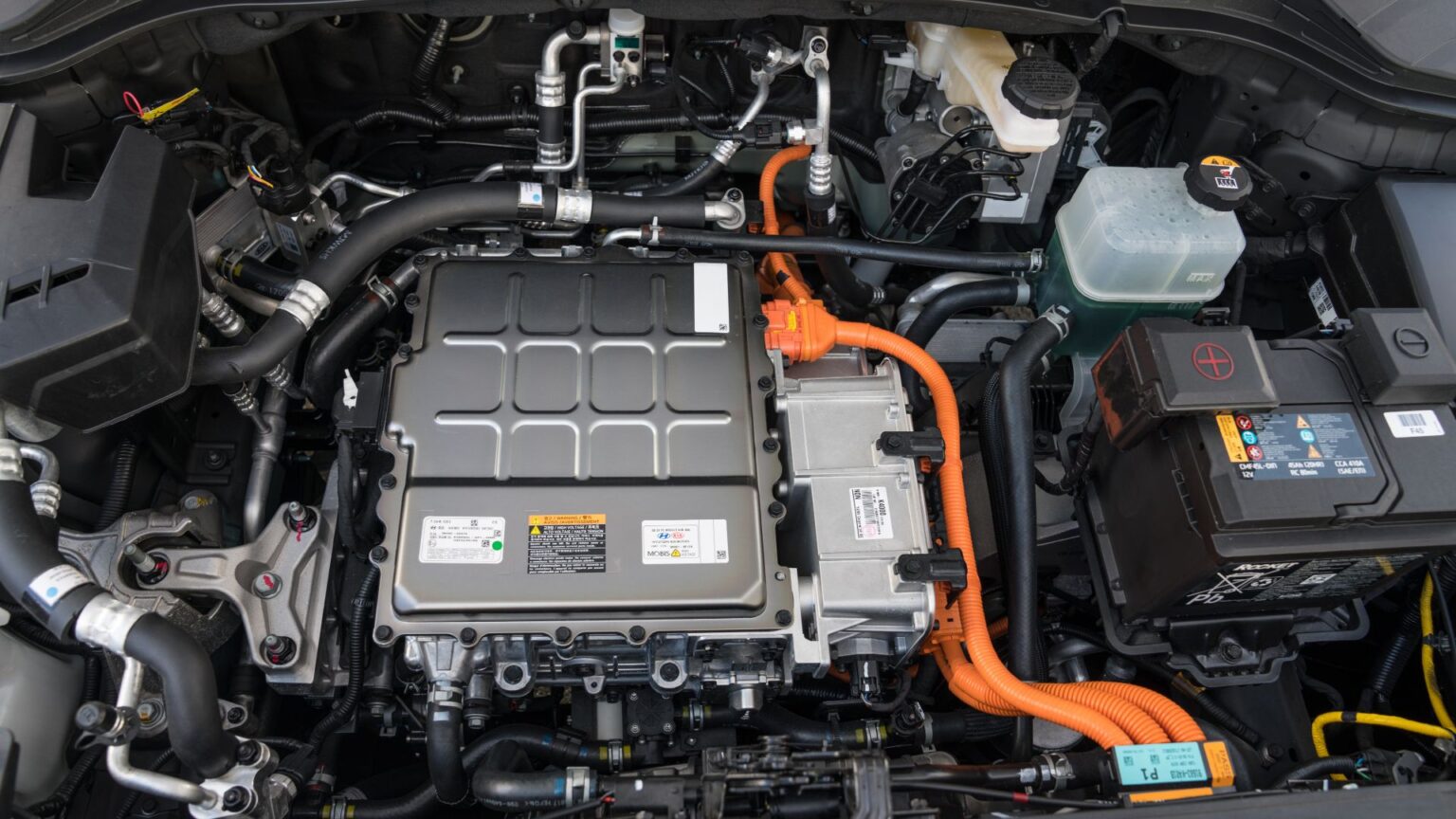Compared to similar combustion-powered cars and trucks, electric vehicles are almost always heavier, significantly heavier. Look at the Chevy Silverado EV, for instance. This truck is certifiably chonky (yes, that’s a technical term), tipping the scales at nearly 9,000 pounds. This near-universal weight problem is because of electric vehicle battery packs, which are massive and extremely heavy. Still, EVs – like practically any other vehicle – can still benefit from going on a diet, and that’s exactly what some scientists in Norway are working on.
Copper Is The “Gold Standard” For EV Wiring
According to a story from Interesting Engineering, researchers at The Foundation for Industrial and Technical Research (SINTEF) as well as the Norwegian University of Science and Technology (NTNU) are working to reduce the weight of EVs by using different conductors.
Reportedly, copper wiring accounts for around 183 pounds of weight in a passenger EV, and up to 814 pounds for an electric bus. And sure, that’s a small percentage of the overall vehicle weight, but every little bit helps, and smart optimizations can certainly be made.
Because of its excellent conductivity, copper is often used for wires. This material is also readily available, relatively affordable, and flexible enough to be made into various shapes, such as the intricate windings in electric motors.
Still, copper is rather heavy, which, of course, contributes to vehicle weight. Addressing this issue, researchers are looking at using aluminum in certain areas, a lightweight metal that’s just one-third as dense as copper.
Still, Aluminum Is Not A Perfect Solution
This is a big advantage of aluminum, but as with nearly everything in life, there are downsides, too. Welding this material can make the metal brittle and cause connectivity problems, major issues. To address this, researchers are looking at cold-welding techniques that can prevent the formation of “intermetallic compounds” that lead to those troubles.
A new technique called hybrid metal extrusion and bonding has been developed by the folks at NTNU. This process “creates thin and slow-growing intermetallic bonds at the interfaces of copper and aluminum,” the article states. This is achieved using friction and mechanical pressure, not by trying to melt the two metals together. Reportedly, these intermetallic bonds are stronger than if the metals were welded traditionally. But aluminum, while significantly lighter, is also much weaker than copper, and can be more sensitive to extreme heat. Improved metal alloys could address these problems, something else researchers are looking at.
Nearly all EVs have a weight problem, some significantly more than others, of course. Working to make the wiring in these vehicles lighter and more efficient is a smart way to improve efficiency, though how much mass can actually be eliminated by improving the wiring remains to be seen. Building electric vehicles with smaller battery packs probably makes more sense as a way to reduce weight, lower prices, and cut down on tire wear, but this is only practical if charging infrastructure is up to snuff, since drivers would need to rely on it more because of reduced vehicle range.
Read the full article here


